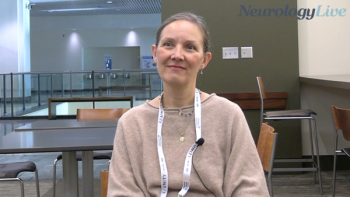
Karen J. Nolan, PhD: Functional Implementation of Robotics in Neurorehabilitation
The senior research scientist in the Center for Mobility and Rehabilitation Engineering Research at Kessler Foundation spoke to the research being done into the functional implementation of exoskeletons in neurorehabilitation.
“We’ve now moved into stroke and brain injury, so we can support the system asymmetrically for a hemipelagic population—individuals who have that asymmetrical weakness.”
A number of neurologic conditions can result in the need for some form of rehabilitation for the patients, including stroke and traumatic brain injury (TBI). And while there are existing methods of therapy available, the possibility of improving those methods would be welcomed by those in the field.
At Kessler Foundation, Karen J. Nolan, PhD, senior research scientist, Center for Mobility and Rehabilitation Engineering Research, and colleagues are exploring exactly how the use of dermal skeletons, soft suits, and exoskeletons can help support recovery—first, in spinal cord injury, and now in stroke and TBI, as well as pediatric cerebral palsy and multiple sclerosis (MS). For the pediatric population, she detailed that much of the work requires scaled down adult devices.
To find out more about the research, NeurologyLive spoke with Nolan in an interview. She shared insight into the goal of the work, and how it could improve the recovery process for these patients.
Newsletter
Keep your finger on the pulse of neurology—subscribe to NeurologyLive for expert interviews, new data, and breakthrough treatment updates.



































